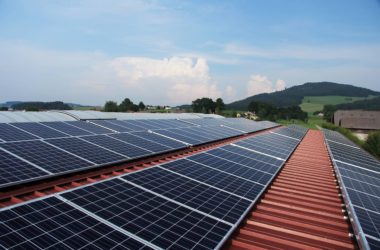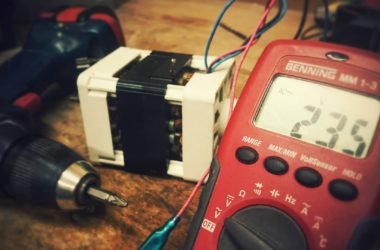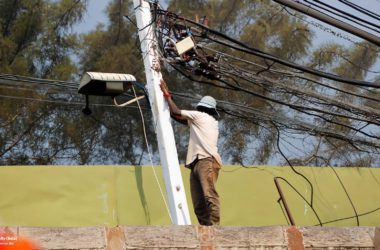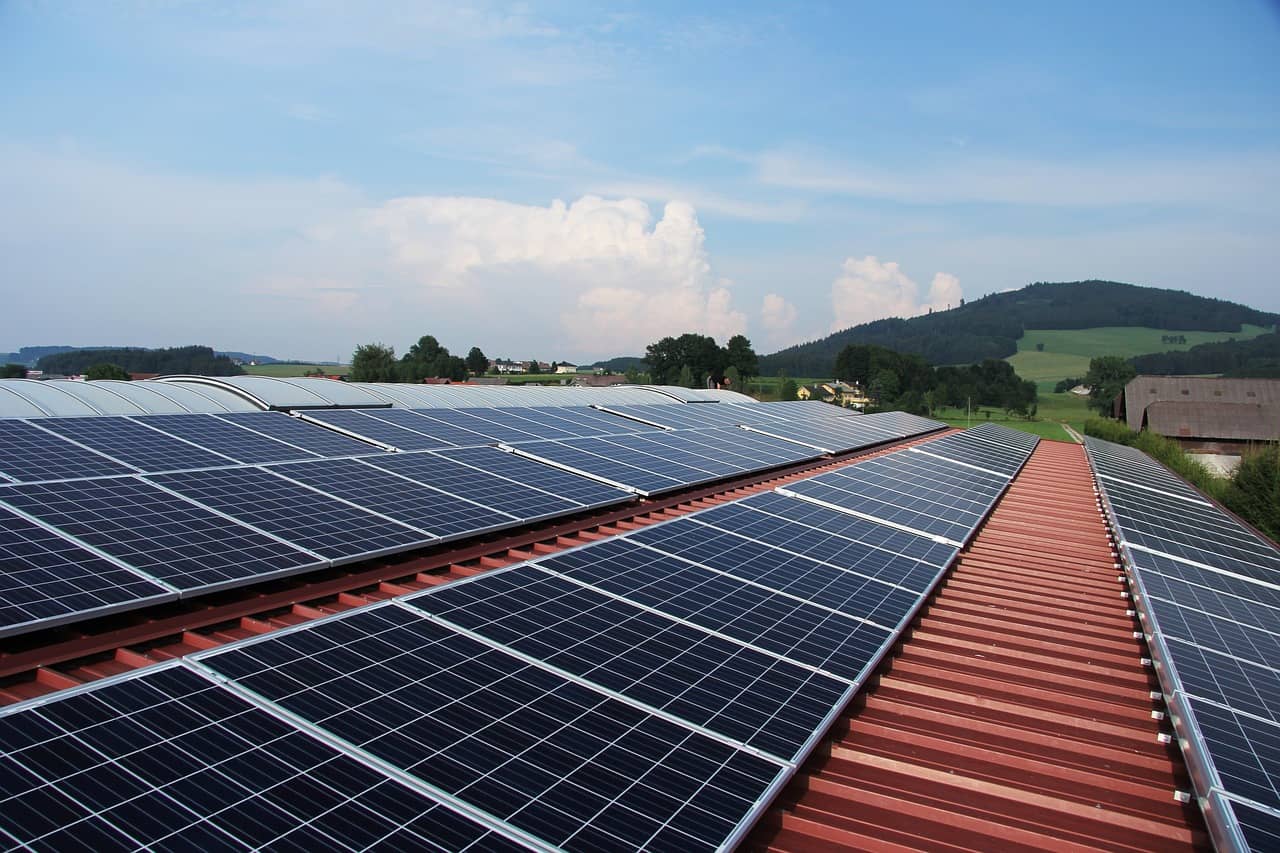Table of Contents Show
Imagine a future where you can sell the surplus electricity generated by your rooftop solar panel to your neighbor. No utility, no intermediary—just clean, local power exchanged digitally. That’s the radical idea behind Peer-to-Peer (P2P) electricity trading—a model that puts power literally and figuratively into the hands of the people.
As countries accelerate their energy transitions and consumers become producers (prosumers), P2P energy trading is emerging as a disruptive force. In this article, we’ll explore what P2P trading is, why it matters, how it works, where it’s being tested, and what it will take for this model to thrive—especially in countries like India.
What is Peer-to-Peer Electricity Trading?
Peer-to-peer electricity trading allows individuals and businesses to directly buy and sell electricity from each other, typically through a digital platform. It enables prosumers—those who generate electricity (usually through solar PV)—to trade surplus energy with others in their neighborhood or network.
Unlike the traditional model where power flows from large utilities to passive consumers, P2P trading fosters a decentralized and democratized grid. Think of it like Airbnb or Uber for electricity—consumers gain flexibility and choice, and producers get a new revenue stream.
Why P2P now?
Several global trends are converging to make P2P electricity trading more feasible and attractive than ever before:
- Renewable Proliferation: Rooftop solar installations are growing, creating millions of small-scale generators.
- Digital Infrastructure: Smart meters, IoT devices, and mobile apps enable real-time tracking and billing.
- Blockchain and Platforms: Secure, transparent, and automated trading is now possible with decentralized ledgers.
- Energy Storage: Battery prices are falling, making it easier to store and dispatch energy when needed.
- Regulatory Shifts: Governments are opening the door for market innovation in the electricity sector.
How Does P2P Trading Work?
The core idea is simple: prosumers feed excess electricity into a local or virtual grid, and consumers buy it—often using a digital platform that matches demand and supply in real time.
Here’s a simplified step-by-step breakdown:
- Registration: Prosumers and consumers sign up on an approved P2P trading platform.
- Metering: Smart meters measure generation, consumption, and export in near real time.
- Trading: The platform matches offers and bids, based on price, availability, and location.
- Settlement: Transactions are recorded (often on blockchain), and payments are processed securely.
- Reporting: Both parties receive usage, savings, and environmental impact summaries.
Platforms can operate:
- Locally: Within microgrids or community setups.
- Virtually: Using the distribution network, even if the prosumer and consumer are miles apart.
Benefits of P2P Electricity Trading
1. Empowers Prosumers
Homeowners and small businesses with solar panels can earn by selling unused energy, improving the return on their investments.
2. Boosts Renewable Adoption
Knowing that they can sell surplus energy, more people may be motivated to install solar PV or wind systems.
3. Reduces Grid Stress
Local generation and consumption reduce the load on long-distance transmission infrastructure and lower line losses.
4. Enhances Resilience
Communities with decentralized generation can be more resilient during outages or grid failures.
5. Encourages Innovation
New players—startups, fintechs, community energy groups—can enter the market, bringing fresh ideas and competition.
Challenges to Overcome
Despite its promise, P2P electricity trading faces several hurdles:
1. Regulatory Uncertainty
In many countries, electricity markets are tightly controlled, and utilities may be skeptical of allowing private trades. Regulators need to strike a balance between innovation and reliability.
2. Tariff Structures
The current grid tariff system doesn’t always account for dynamic or bilateral trading. How should network usage charges be calculated when peers use the same distribution infrastructure?
3. Technology Integration
Smart meters, blockchain platforms, billing systems, and mobile apps all need to work in sync—a technological and operational challenge.
4. Consumer Awareness
Most consumers aren’t yet familiar with how P2P energy trading works or how they can benefit from it. Education is key.
5. Equity Concerns
If only wealthier consumers can afford to become prosumers, P2P trading might widen the gap between energy haves and have-nots.
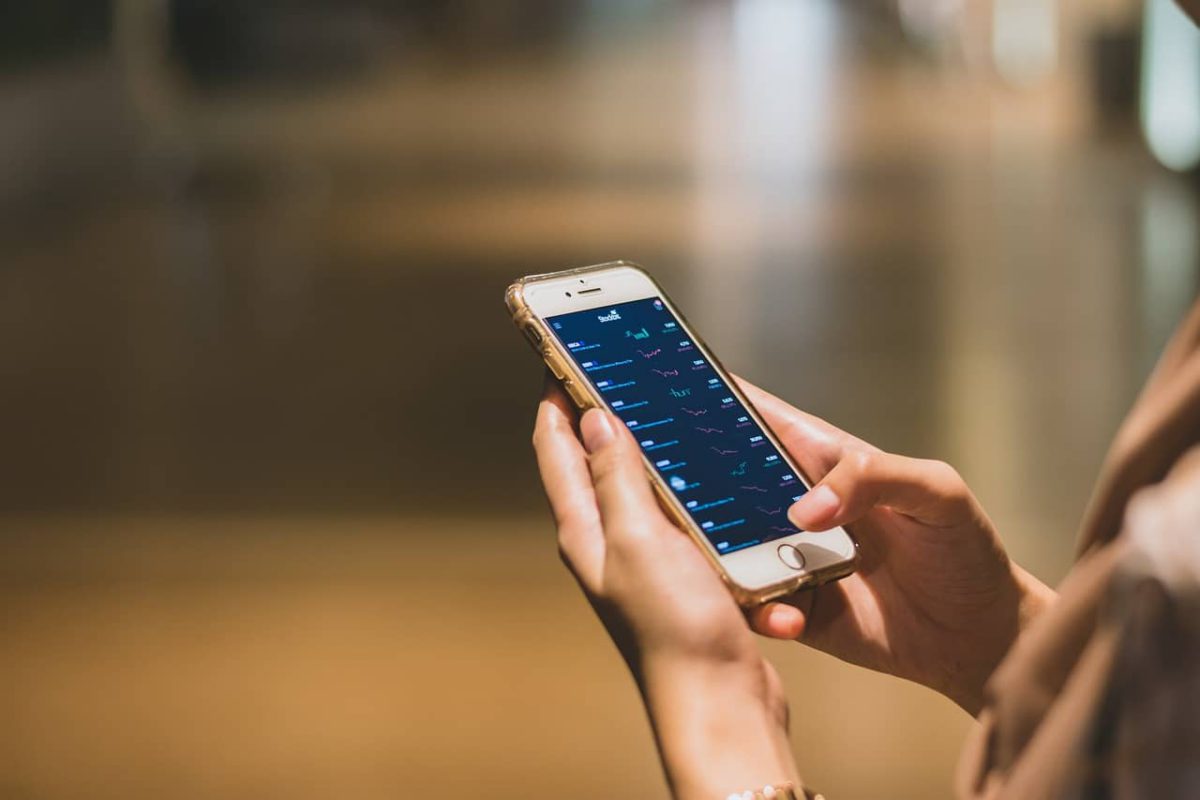
The India Experience: A Work in Progress
India’s power sector is undergoing a major transformation—with the government pushing for 500 GW of renewable capacity by 2030, and several states rolling out smart metering and rooftop solar programs. In this context, P2P electricity trading could play a game-changing role.
Some notable developments:
- Delhi, Uttar Pradesh, and Karnataka have been part of P2P pilot projects supported by the Ministry of Power and USAID.
- Power Ledger, an Australia-based blockchain company, partnered with Indian utilities to test P2P energy platforms.
- The CEA and CERC have explored frameworks for integrating P2P trading into distribution systems.
However, scaling remains a challenge due to complex tariff structures, regulatory bottlenecks, and the need for coordination between DISCOMs, consumers, and tech platforms.
Global Pilots and Success Stories
- Australia: The Power Ledger platform enabled households in Western Australia to trade solar energy within a community.
- Netherlands: Vandebron connected small energy producers with consumers who wanted green electricity, bypassing traditional suppliers.
- USA: Brooklyn Microgrid allowed New York residents to buy and sell local solar energy using blockchain.
- Thailand: One of the largest blockchain-based P2P energy trials occurred in Bangkok’s T77 precinct.
These pilots show that with the right ecosystem, P2P trading is not only possible—it’s already happening.
What Needs to Happen Next?
For P2P electricity trading to move from pilot to mainstream, several critical enablers must align:
- Progressive Regulations
Create sandbox environments where utilities, tech companies, and consumers can experiment safely and scale what works. - Fair Tariff Models
Design dynamic pricing and network usage charges that incentivize local trading without penalizing users or utilities. - Utility Involvement
Instead of resisting the change, DISCOMs should become active facilitators—hosting platforms, enabling settlements, and leveraging new revenue models. - Consumer Education
Invest in awareness campaigns to teach people how P2P trading works and how they can participate. - Platform Innovation
Develop intuitive, secure, and scalable digital platforms that make energy trading as easy as online shopping.
Conclusion: Sharing Power in the Truest Sense
Peer-to-peer electricity trading is more than just a tech innovation—it’s a philosophical shift. It reimagines the energy grid not as a one-way street but as a community network, where every home can be a generator, every neighbor a partner, and every transaction a step toward sustainability.
In countries like India, where energy demand is soaring and distribution systems are under pressure, P2P trading could unlock a more resilient, efficient, and people-centric energy future.
The technology is ready. The vision is clear. Now, it’s up to regulators, innovators, utilities, and consumers to come together—and let the power flow.
What are your thoughts on P2P energy trading? Would you buy electricity from your neighbour if you had the choice?


